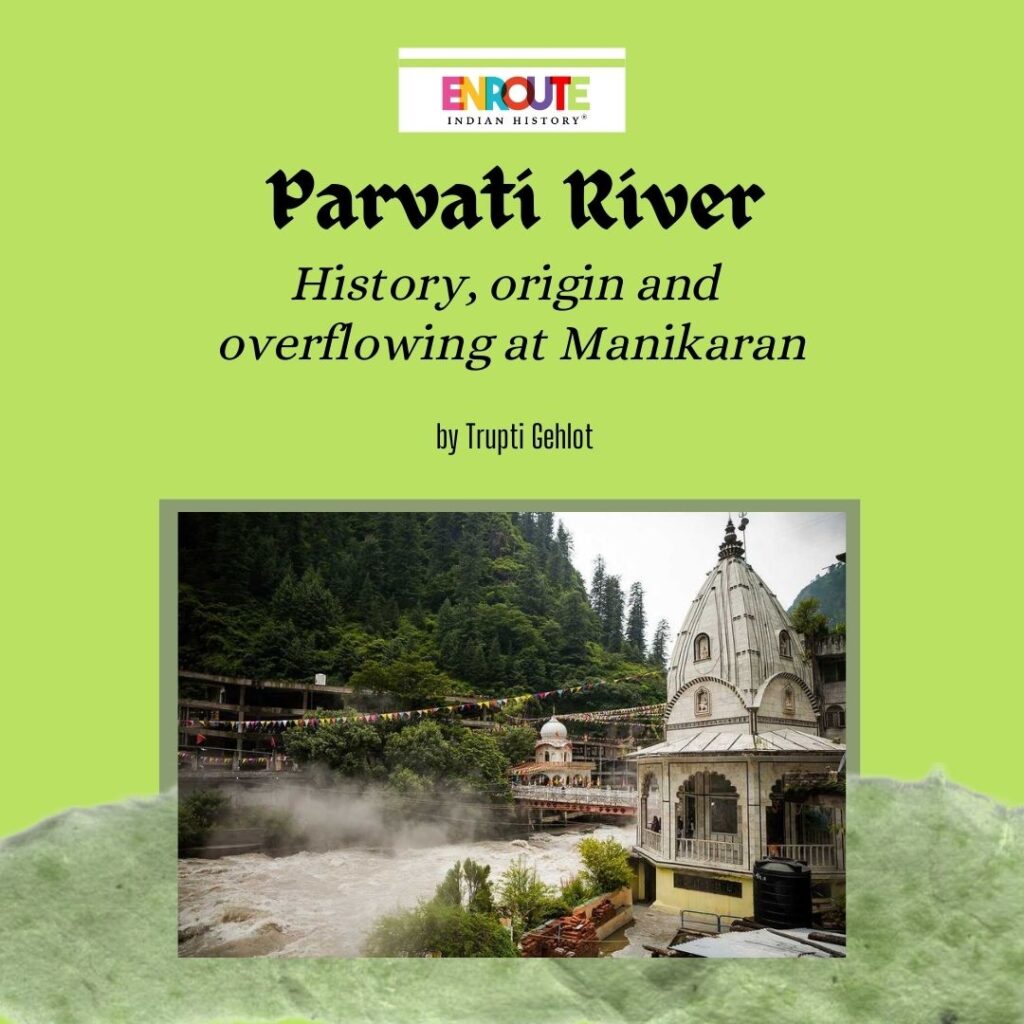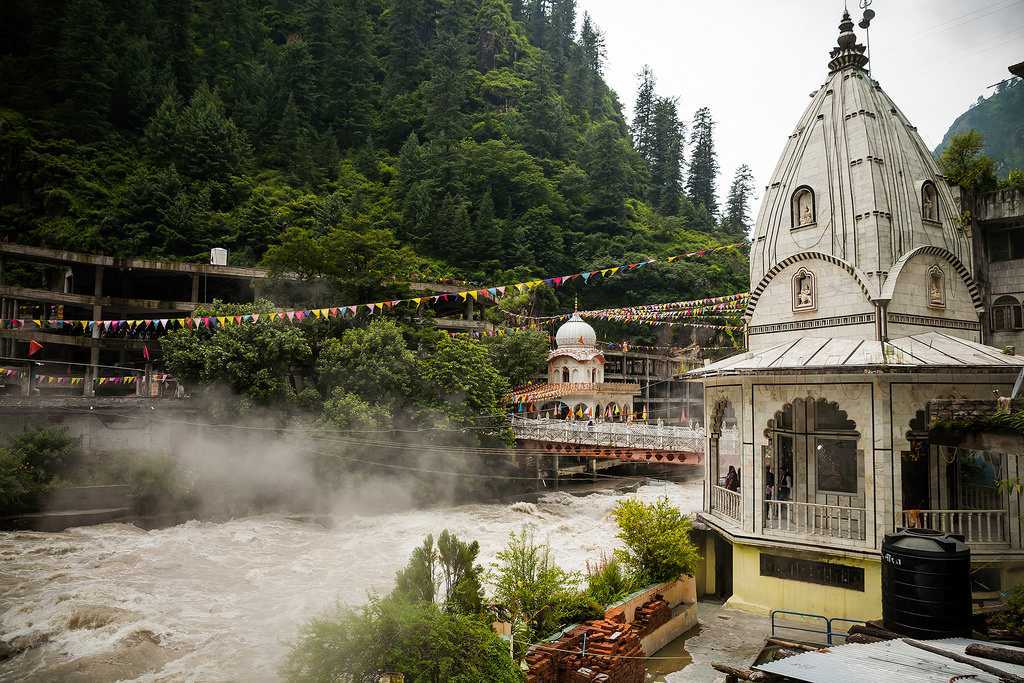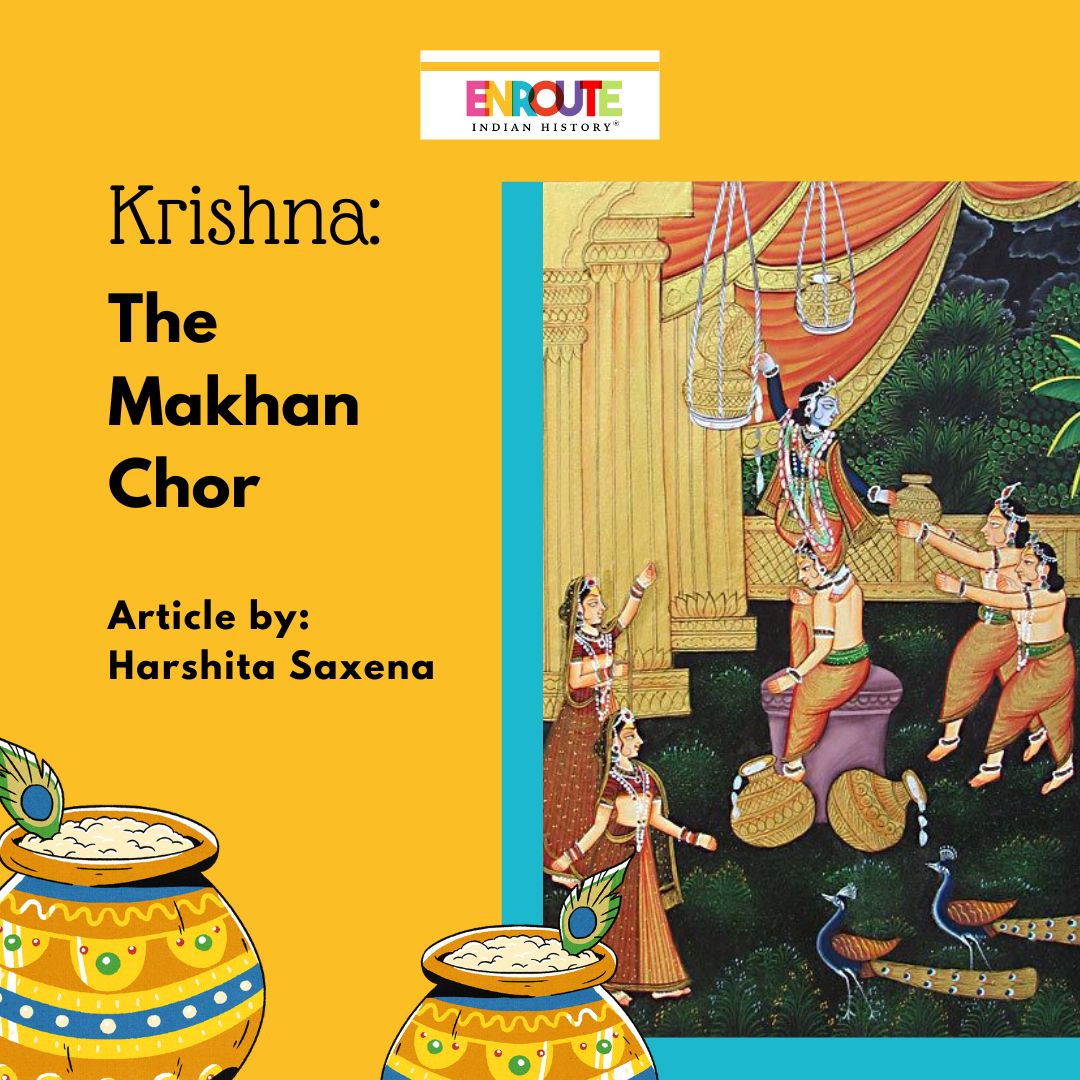
The Parvati River, nestled in the picturesque state of Himachal Pradesh, India, is a celestial watercourse that winds through breathtaking valleys and lush green landscapes. With its origin in the mighty Himalayas, the river has witnessed the unfolding of civilisations and the passage of time. The Parvati River takes birth at the base of the Mantalai Glacier below the Pin Parvati Pass in the greater Himalaya’s western slope at an altitude of 5200 m above MSL and falls in the Kullu district of Himachal Pradesh. It is a tributary of the Beas River, which eventually merges with the Sutlej River. The river’s name holds profound significance as it is believed to be named after the goddess Parvati, the consort of Lord Shiva in Hindu mythology.
The Parvati Valley, through which the river flows, has many small and big towns. One of the key destinations along the Parvati River is the town of Manikaran, a place renowned for its hot springs and spiritual significance. According to Hindu legends, Manikaran’s name is derived from “Mani” (a jewel) and “Karan” (ear), signifying a story that is said to have unfolded aeons ago. According to the legend of Manikaran, Lord Shiva and Goddess Parvati stumbled upon a captivating green haven surrounded by mountains and decided to stay there for an astounding eleven hundred years. During their stay, Goddess Parvati lost her precious mani (gemstones) in a stream. Distressed, she asked Shiva to retrieve it, and he commanded his attendant to do so, but their efforts were in vain, leading to Shiva’s anger. To pacify him, the serpent god, Sheshnag, hissed, causing boiling water to flow, which miraculously brought forth the same precious stones lost by Parvati. This event brought happiness to Lord Shiva and Goddess Parvati.
Apart from its Hindu heritage, Manikaran also holds great importance in Sikhism. The Manikaran Gurudwara, also known as Sri Guru Nanak Dev Ji Gurudwara, is a revered Sikh shrine built in memory of the founder of Sikhism, Guru Nanak Dev Ji. According to Sikh tradition, during Guru Nanak’s third Udasi (spiritual journey), he arrived at this location in 15 Asu 1574 Bikrami along with his disciple Bhai Mardana. They faced a challenge as Mardana felt hungry, and they had no food. Guru Nanak decided to set up a langar (community kitchen) and sent Mardana to collect food. Generous people donated atta (flour) to make roti (bread), but they lacked fire to cook the food. Guru Nanak instructed Mardana to lift a stone, and miraculously, a hot spring emerged. Mardana placed the rolled chapatis in the spring, but they sank. Guru Nanak asked him to pray to God, promising to donate one chapati in His name if they floated back. As Mardana prayed, all the chapatis floated up fully cooked. Guru Nanak taught that when one donates in the name of God, their lost possessions are returned to them.

The Recent Overflow in Parvati River Valley
On July 18, 2023, torrential rains triggered an overflow of the Parvati River near Manikaran, Himachal Pradesh, India. The deluge submerged numerous villages and temples, necessitating the evacuation of thousands of residents. With the river’s water level reaching a depth of 30 meters and a powerful current, vehicles were swept away, leading to extensive damage to property and infrastructure. The flooding’s impact was severe, causing the main bridge to collapse and flooding the Gurudwara as well. This incident serves as a stark reminder of the risks posed by climate change, as rising global temperatures are contributing to more frequent and intense extreme weather events, including flooding. Adequate preparedness for such occurrences becomes crucial as we brace for potential future challenges.
The Parvati River Hydroelectric Project
Along the Parvati River is the Parbati Hydroelectric Project, situated in Kullu, Himachal Pradesh, which aims to unlock the region’s hydropower potential by constructing a concrete gravity dam on the Parbati River and other waterways. With a planned capacity of 2GW, the project is being executed in stages, with Parbati-I being abandoned due to environmental obstacles while Parbati-II and Parbati-III advance concurrently. The project is projected to generate approximately 3,125 million units (MU) of electricity annually, catering to the rising power demand in Himachal Pradesh, Punjab, and Haryana. However, challenges such as construction delays due to unfavourable geological conditions and environmental concerns have been encountered. As the Parbati Hydroelectric Project progresses, it is poised to bolster the region’s power generation capabilities and contribute significantly to the nation’s pursuit of sustainable energy objectives.
The Parvati River, with its mythical origins, cultural significance, and power to sustain and empower, remains an enigma that captivates both spiritual seekers and those striving for technological advancement. As we navigate through the challenges of climate change, harnessing the river’s potential responsibly while preserving its natural splendour becomes paramount. By fostering a harmonious coexistence with the Parvati River, we can ensure its enchanting legacy endures for generations to come.
References
- Chandniha, S. K., Lohani, A. K., Krishan, G., & Prabhakar, A. K. (Eds.). (2022, November 1). Advances in Hydrology and Climate Change: Historical Trends and New Approaches in Water Resources Management.
- KUMAR, V., SINGH, P., & SINGH, V. (2007, April). Snow and glacier melt contribution in the Beas River at Pandoh Dam, Himachal Pradesh, India. Hydrological Sciences Journal, 52(2), 376–388. https://doi.org/10.1623/hysj.52.2.376
- Negi, S. S. (2002, April 1). Himalayan Rivers, Lakes and Glaciers. https://doi.org/10.1604/9788185182612






















